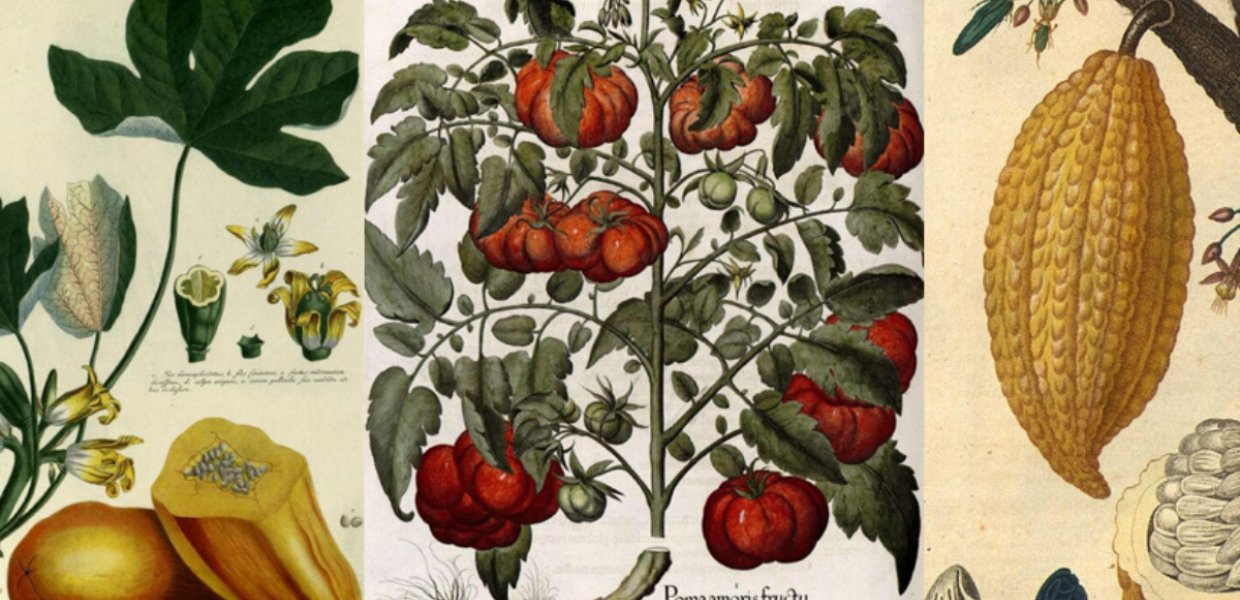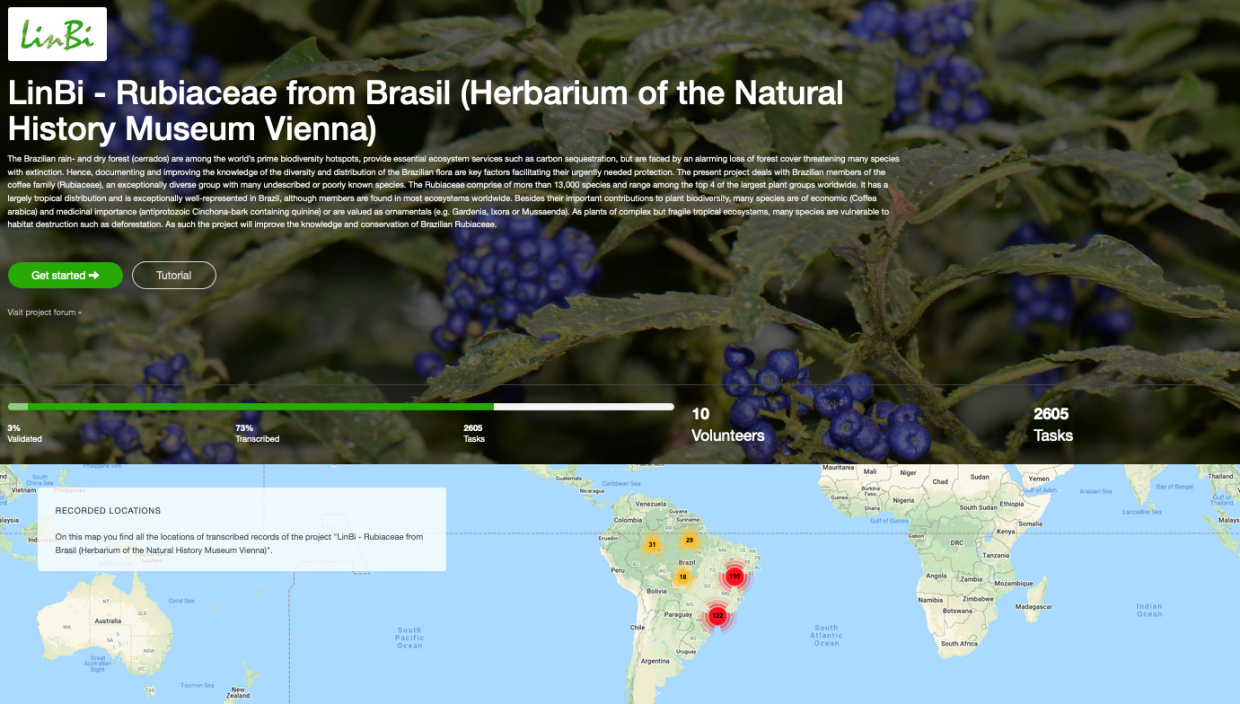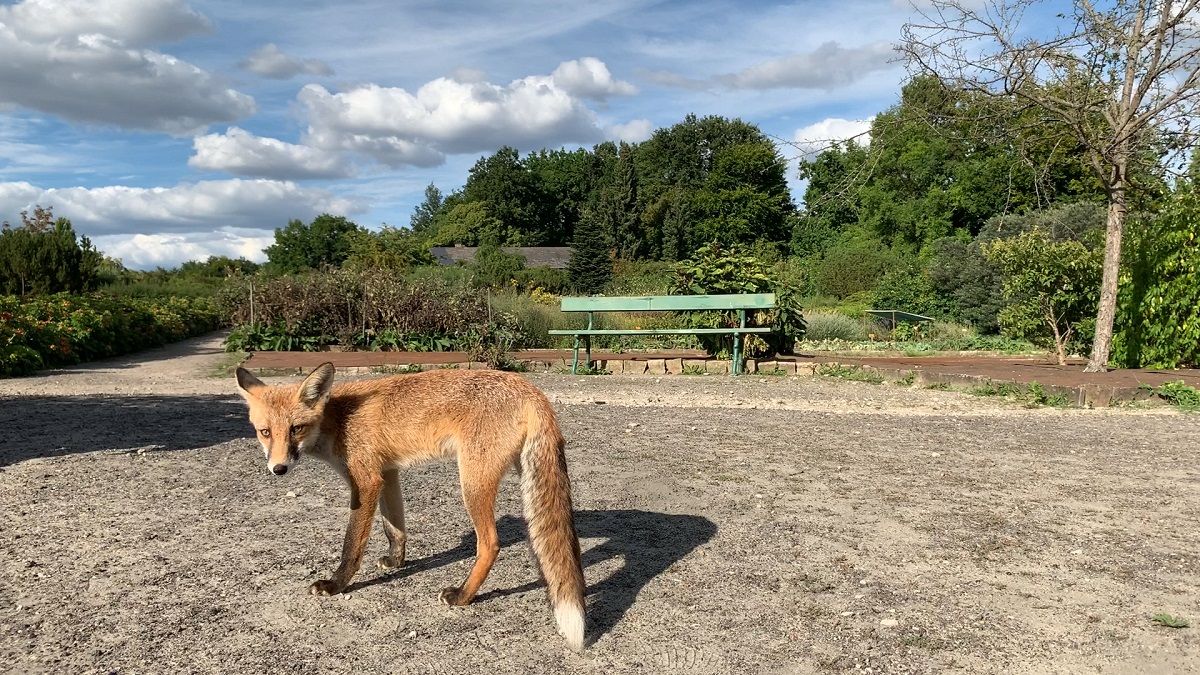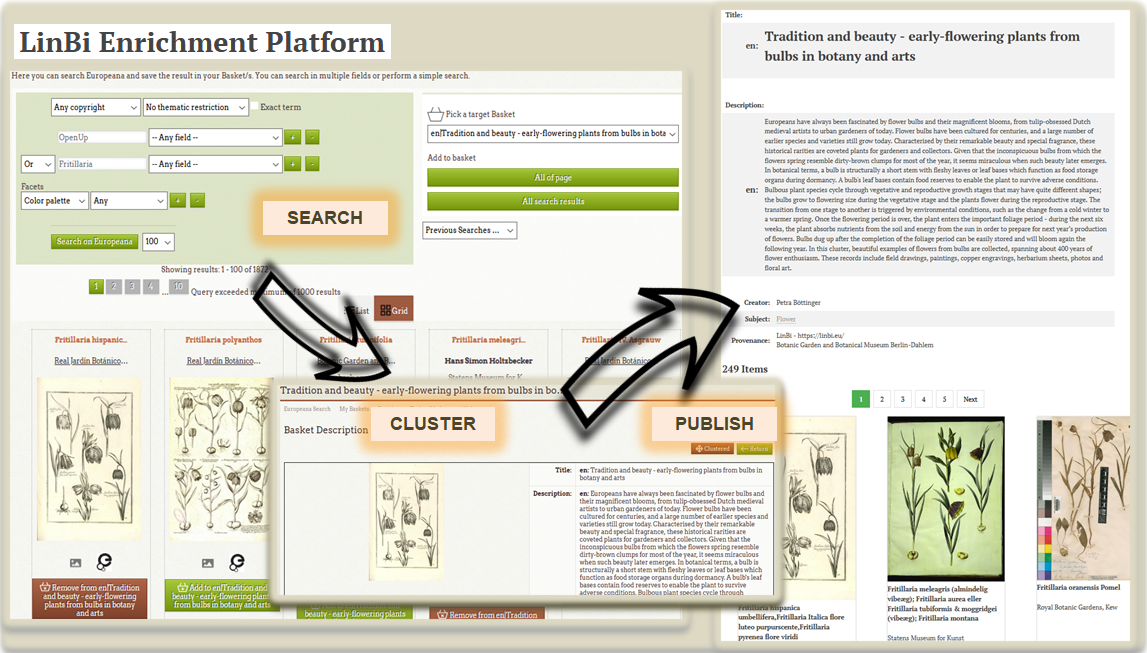The LinBi project, which ran between February 2019 and October 2020, focused on biodiversity and the documentation of the enormous variety of biological life on earth. This diversity is preserved in an equally wide range of formats - books, illustrations, specimen scans, glass plate photographs, sound recordings, herbarium sheets, video and more. LinBi brought together botanists, researchers, the media and the public in a collaborative effort to enhance and support appreciation and use of this essential European biodiversity material.
Unveiling the data
Tasked with adding new items, enriching existing data and creating new connections between them, LinBi delivered over 1.5 million biodiversity data records to Europeana during the project. These records were enriched by crowdsourcing activity (read on for more information), and new, and sometimes surprising, links between content items were created by the newly developed content-clustering function of LinBi’s enrichment platform. Biodiversity data was enriched with new vocabularies aimed at making it more accessible to the non-scientific community and general public, and to support reuse of the content. LinBi developed a Simple Vocabulary which attached everyday terms such as ‘flower’, ‘plant’ and ‘animal’ to scientific biodiversity data.





